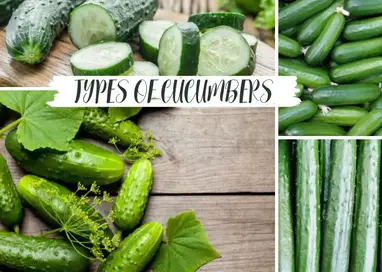If you’ve ever wondered just how big burpless cucumbers can actually get, look no further. In this ultimate guide, we’ll unveil the potential size of these popular garden cucumbers and offer some tips on growing them to their fullest potential. From their impressive length to their weighty produce, prepare to be amazed at just how big burpless cucumbers can grow.
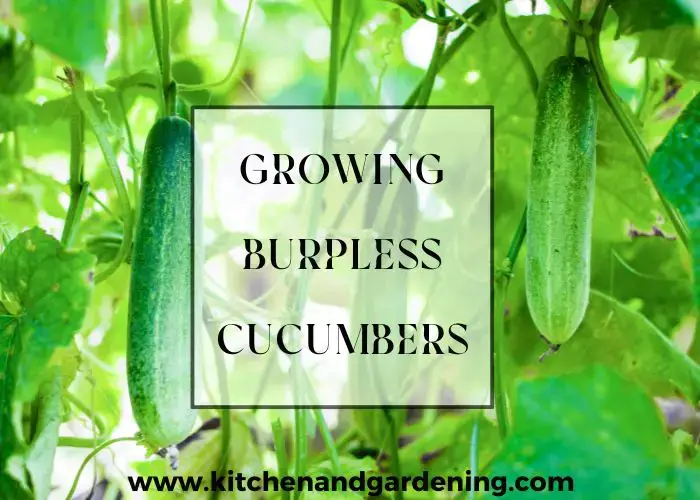
Understanding Burpless Cucumbers
Burpless cucumbers, as the name suggests, are cucumbers that are specifically bred to be less prone to causing indigestion or burping compared to other cucumber varieties. These cucumbers are often favored by those who enjoy the refreshing taste and texture of cucumbers but want to avoid the discomfort that can come with consuming cucumbers that are known to cause gas.
What are Burpless Cucumbers?
Burpless cucumbers are a type of cucumber that is known for its mild flavor, crisp texture, and high water content. These cucumbers have a thinner skin, fewer seeds, and are usually longer and more slender in shape compared to other cucumber varieties. The lack of bitterness in burpless cucumbers enhances their overall taste, making them a popular choice for salads, sandwiches, and other culinary uses.
Types of Burpless Cucumbers
There are several types of burpless cucumbers available, each with its own unique characteristics. Some popular varieties include the Burpless Bush Hybrid, Japanese Long Burpless, and English Burpless. These varieties differ in size, shape, and taste, allowing growers to choose the one that best suits their preferences and growing conditions.
Nutritional Benefits of Burpless Cucumbers
Not only are burpless cucumbers enjoyable to eat, but they also offer a range of nutritional benefits. They are low in calories and fat, making them an excellent choice for those watching their weight. Burpless cucumbers are also a good source of fiber, which aids in digestion and helps maintain a healthy digestive system. Additionally, they are rich in vitamins and minerals such as vitamin K, vitamin C, potassium, and magnesium, which contribute to overall good health.
Factors Affecting Size of Burpless Cucumbers
The size of burpless cucumbers can vary depending on several factors, including genetic factors, environmental conditions, and cultural practices.
Genetic Factors
The genetic makeup of a burpless cucumber plant plays a significant role in determining the potential size of its fruits. Different varieties have different genetic traits that can influence fruit size, such as the innate ability to produce larger cucumbers. When selecting burpless cucumber seeds, it is essential to choose varieties known for their ability to produce larger fruits if size is a priority.
Environmental Factors
Environmental conditions also play a crucial role in determining the size of burpless cucumbers. Factors such as temperature, sunlight exposure, and humidity levels can impact the development and growth of the plants. Cucumbers tend to thrive in warm, sunny environments, so providing them with the optimal conditions can help maximize their size potential.
Cultural Practices
Cultural practices, including proper planting techniques, fertilization, and irrigation, are essential for promoting the growth and size of burpless cucumbers. Adequate spacing between plants, proper trellising or support structures, and regular pruning can help ensure sufficient airflow and sunlight penetration, which are essential for optimal growth. Proper nutrient management and irrigation practices are also vital to support healthy plant development and maximize cucumber size.
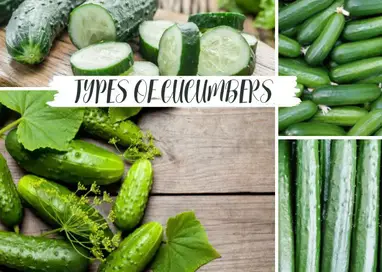
Ideal Growing Conditions for Burpless Cucumbers
To achieve the best results in growing burpless cucumbers, it is important to provide them with the ideal growing conditions. This will help ensure healthy plant growth and maximize fruit size.
Soil Requirements
Burpless cucumbers thrive in well-draining soil that is rich in organic matter. The soil pH should ideally be between 6.0 and 7.0, slightly acidic to neutral. Before planting, it is advisable to amend the soil with compost or well-rotted manure to improve its fertility and drainage capabilities.
Sunlight and Temperature
Burpless cucumbers require a minimum of 6 to 8 hours of direct sunlight each day to promote healthy growth and fruit development. They also prefer warm temperatures, with the optimal range being between 70°F and 90°F (21°C to 32°C). Providing a sunny location and protecting the plants from cold drafts or extreme temperature fluctuations can help maintain the ideal growing conditions.
Watering and Irrigation
Consistent and adequate watering is essential for the proper growth of burpless cucumbers. They have high water requirements, and it is crucial to keep the soil evenly moist but not waterlogged. Watering deeply once or twice a week, depending on the weather conditions, can help ensure the plants receive enough moisture for optimal growth.
Fertilization and Nutrient Needs
Burpless cucumbers are heavy feeders and require regular fertilization to support their growth and fruiting. Incorporating a balanced fertilizer, higher in nitrogen during the vegetative stage and higher in phosphorus and potassium during flowering and fruiting stages, can provide the necessary nutrients. Regular soil testing can help determine the specific nutrient needs of the soil and tailor the fertilization program accordingly.
Pest and Disease Management
Like all plants, burpless cucumbers are susceptible to various pests and diseases. Implementing integrated pest management practices, such as proper crop rotation, removing diseased plants promptly, and monitoring for common cucumber pests like aphids, cucumber beetles, and spider mites, can help prevent and manage pest and disease issues. Additionally, using organic or chemical controls when necessary can help mitigate any potential damage.
Techniques to Maximize Size of Burpless Cucumbers
There are several techniques that gardeners can employ to maximize the size of burpless cucumbers, ultimately leading to a more bountiful harvest.
Pruning and Training
Pruning and training cucumbers can help redirect the plant’s energy towards fruit production and increase air circulation, reducing the likelihood of disease. One common pruning technique is removing lateral shoots, also known as side branches, to encourage vertical growth and reduce competition for resources. Additionally, training the main stem onto trellises or supports can help prevent the fruits from touching the ground, minimizing the risk of rot and disease.
Proper Spacing and Trellising
Providing adequate spacing between plants allows each cucumber vine to have enough room to grow and receive optimal sunlight and airflow. Crowding can result in smaller, misshapen fruits and an increased risk of disease. Furthermore, trellising cucumbers can promote better growth by supporting the vines and allowing the fruits to hang freely, leading to straighter and more uniform cucumbers.
Hand Pollination and Fruit Thinning
Sometimes, natural pollinators may not be present in sufficient numbers to ensure proper fruit set. Hand pollination can be done by using a small brush or gently transferring pollen from the male flowers to the female flowers. This helps increase the chances of fruit development. Additionally, thinning the developing fruits to a proper spacing, usually about 8 to 12 inches apart, allows the remaining cucumbers to grow larger and minimizes competition for resources.
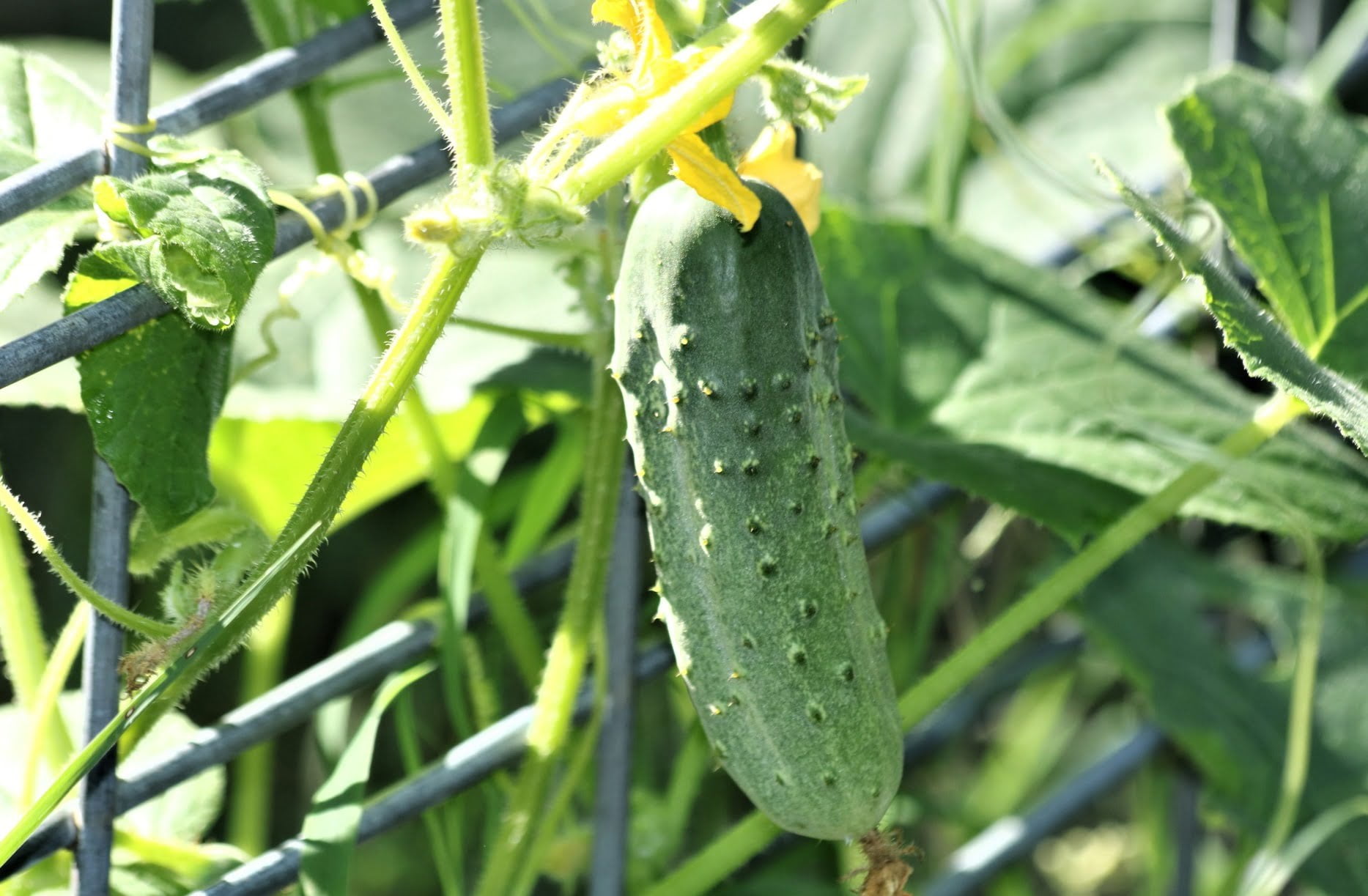
Harvesting Burpless Cucumbers
Knowing when and how to harvest burpless cucumbers is crucial to ensure optimal flavor, texture, and length of storage.
Determining Maturity
Burpless cucumbers are typically harvested when they reach their desired size, usually around 6 to 8 inches in length, depending on the specific variety. The color should be vibrant and consistent, without any signs of yellowing or browning. Additionally, cucumbers intended for pickling are often harvested when they are smaller, between 2 to 4 inches long.
Harvesting Tools and Techniques
When harvesting burpless cucumbers, it is best to use a sharp knife or pair of garden scissors to avoid damaging the vines. Gently snip the cucumbers off the vine, leaving a small stem attached. Avoid twisting or pulling the cucumbers, as this can damage the plant and potentially disturb the roots. Handling the harvested cucumbers with care helps prevent bruising and extends their shelf life.
Storing and Preserving
Burpless cucumbers are best enjoyed fresh, soon after harvest, as they have a high water content and tend to lose crispness over time. If not consumed immediately, they can be stored in the refrigerator in a plastic bag or container to maintain freshness for several days. However, it is important to note that cucumbers can become chilled and develop a watery texture if stored below 40°F (4°C) for extended periods. For longer-term storage, cucumbers can be pickled or preserved through canning methods.
Common Issues and Troubleshooting
While growing burpless cucumbers can be a rewarding experience, they are not without their challenges. Here are some common issues you may encounter and potential solutions:
Stunted Growth
Stunted growth in burpless cucumbers can be caused by various factors, including inadequate sunlight, poor soil fertility, pest infestations, or disease. Addressing each potential issue individually, such as providing proper cultural conditions, addressing nutrient deficiencies, and implementing pest and disease control measures, can help address stunted growth.
Bitter Cucumbers
Bitterness in cucumbers can be caused by environmental stresses, such as excessive heat or inconsistent watering, or genetic factors. To minimize bitterness, ensure consistent and adequate watering, provide shade during hot periods, and select varieties known for their reduced bitterness.
Pest and Disease Problems
Burpless cucumbers can be vulnerable to various pests and diseases, including aphids, cucumber beetles, powdery mildew, and bacterial wilt. Implementing preventive measures such as regular monitoring, practicing good garden hygiene, and using appropriate organic or chemical controls when necessary can help manage pest and disease problems effectively.
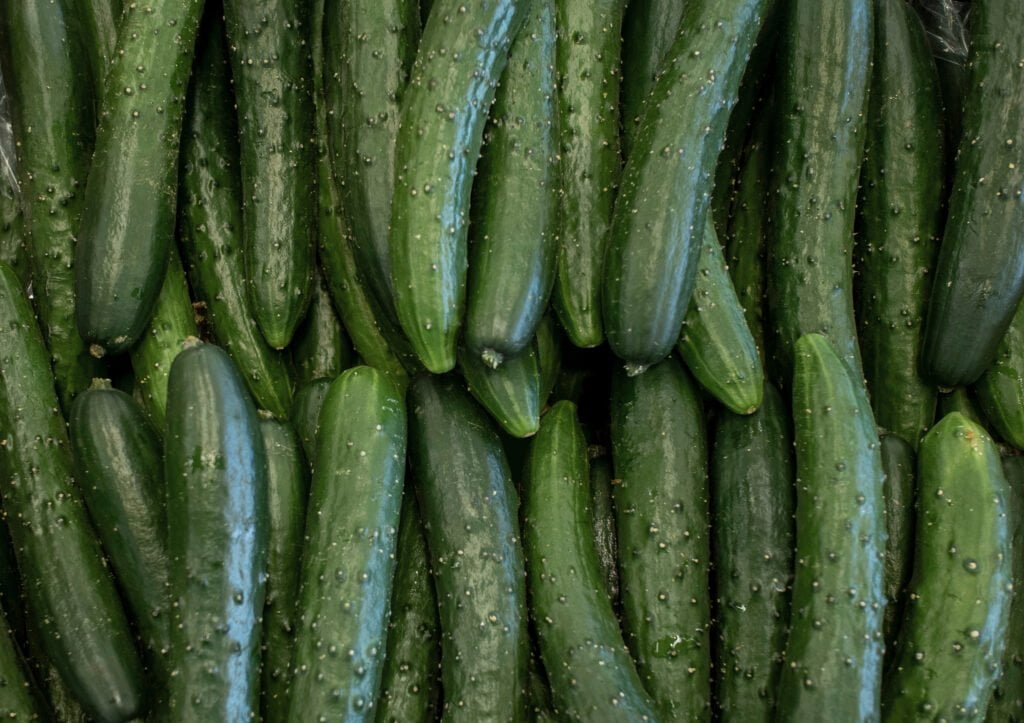
Varieties of Burpless Cucumbers
There are several popular varieties of burpless cucumbers that offer different characteristics and flavors. Here are a few notable ones:
Burpless Bush Hybrid
The Burpless Bush Hybrid is known for its compact growth habit, making it ideal for smaller gardens or container gardening. Despite its smaller size, it produces an abundant harvest of crisp and delicious cucumbers.
Japanese Long Burpless
The Japanese Long Burpless variety, as the name suggests, is recognized for its elongated shape and slender size. These cucumbers are known for their mild flavor and are often used in Japanese cuisine.
English Burpless
The English Burpless cucumber, also known as greenhouse cucumber, is a popular variety known for its long, slender, and seedless fruits. They have a crisp texture and a mild, sweet flavor, making them a favorite for salads and sandwiches.
Culinary Uses of Big Burpless Cucumbers
Burpless cucumbers are versatile ingredients that can be used in a variety of culinary creations. Here are some popular ways to incorporate them into your dishes:
Fresh Salads and Sandwiches
The refreshing crunch and mild flavor of burpless cucumbers make them perfect for fresh salads and sandwiches. From Greek salads to cucumber sandwiches, they add a refreshing element and complement other ingredients.
Pickling
Cucumbers, including burpless cucumbers, are commonly used for pickling. Whether you prefer dill pickles, bread and butter pickles, or spicy pickled cucumbers, burpless cucumbers can be transformed into delicious homemade pickles.
Smoothies and Juices
Burpless cucumbers can also be blended into refreshing smoothies and juices. Their high water content and mild flavor make them a perfect addition to green smoothies or fruit juices, adding hydration and nutrients.
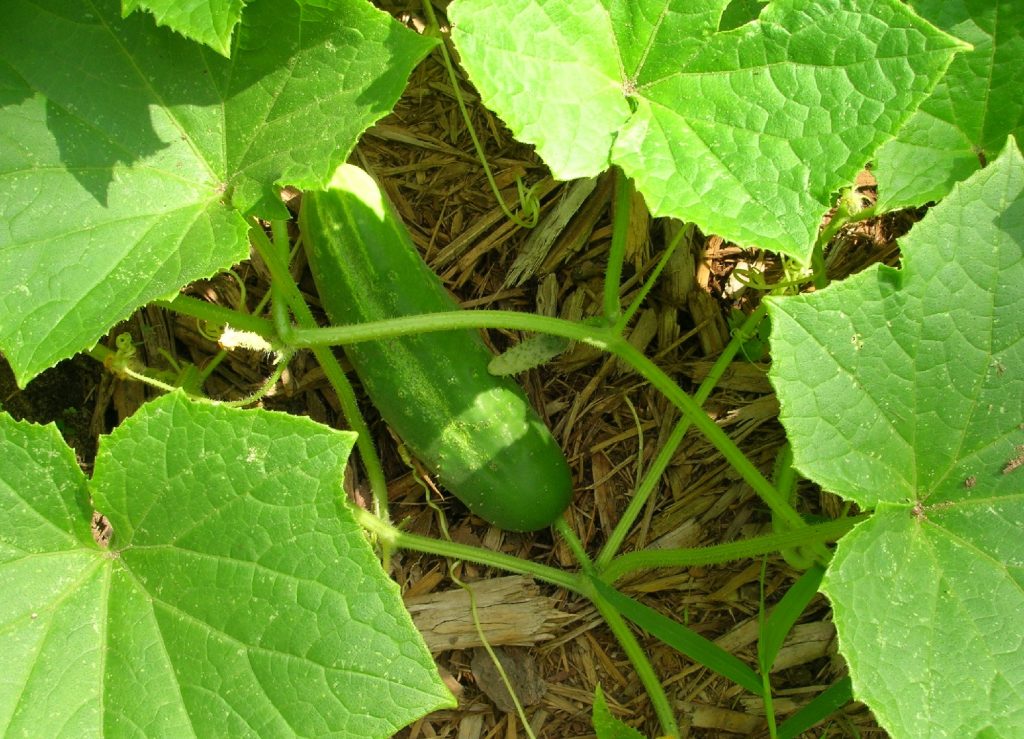
Fun Facts about Burpless Cucumbers
Burpless cucumbers have an interesting history and some intriguing facts associated with them. Here are a few fun facts:
Origins and History
Cucumbers have been cultivated for thousands of years, with evidence of their consumption dating back to ancient civilizations such as the Egyptians and Romans. The development of burpless cucumbers was a result of selective breeding to create a milder and more enjoyable cucumber variety for consumption.
World Records
Cucumbers, including burpless varieties, have been the subject of various world records. From the longest cucumber to the most massive cucumber, these records showcase the incredible potential size that burpless cucumbers can reach under optimal growing conditions.
Curiosities
Burpless cucumbers are not just for human consumption. Some people use cucumbers as a natural breath freshener, believing that it helps neutralize odors. Additionally, cucumber slices are a popular remedy for soothing tired, puffy eyes due to their cooling and moisturizing properties.
Conclusion
Burpless cucumbers offer a delightful and less gassy cucumber-eating experience, making them a fantastic choice for those who enjoy cucumbers but want to minimize any potential discomfort. With the right growing conditions, proper care, and attention to detail, gardeners can cultivate big and flavorful burpless cucumbers. Whether enjoyed fresh in salads, pickled, or blended into refreshing drinks, burpless cucumbers are a versatile and nutritious addition to any kitchen. So why not give them a try and enjoy the refreshing taste of burpless cucumbers without the unwanted side effects?
